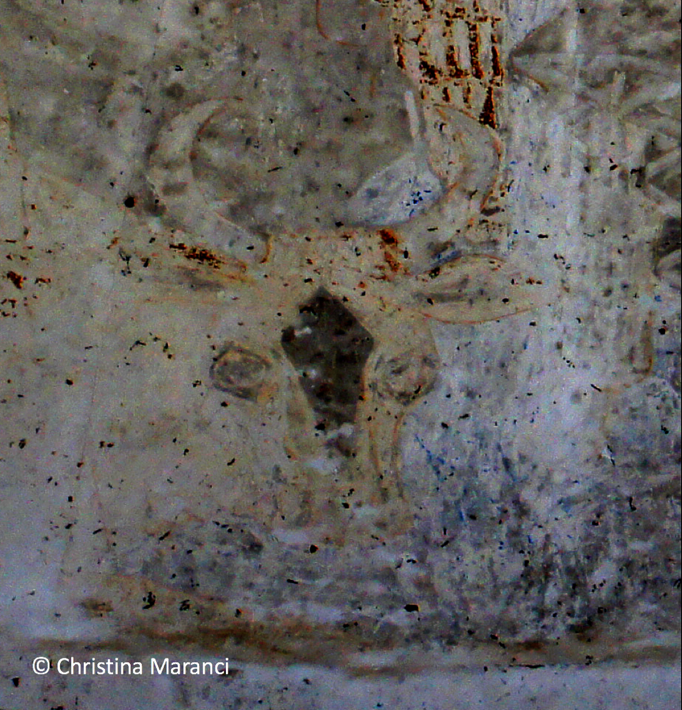BELMONT, Mass.—The National Association for Armenian Studies and Research (NAASR) and Dadian-Oztemel Chair in Armenian Art and Architecture at Tufts University will present an illustrated lecture by Prof. Christina Maranci entitled “New Discoveries at Ani Cathedral” on Wednesday, March 25, 2020, at 7:30 p.m., in Batmasian Hall on the third floor of the NAASR Vartan Gregorian Building, 395 Concord Ave., Belmont, MA. A reception will follow the program in the Shahinian Solarium.

Hidden for centuries under whitewash, the paintings of the apse of Ani Cathedral, one of the most famous of Armenian churches, were barely known by scholars. Image software technology has now brought many more details of the composition to light, enough to identify the scene as a beautiful Vision of Ezekiel. It has also revealed an apse inscription on the south wall.
The images recovered from Ani Cathedral reveal some of the most elegant wall paintings known from medieval Armenia. The technology used to discover them is, moreover, broadly applicable and accessible; preliminary work with other white-washed Armenian churches at Ani and in the vicinity promises to enlarge significantly the corpus of medieval Armenian art, bringing long-hidden masterpieces to light.
Christina Maranci is Arthur H. Dadian and Ara T. Oztemel Professor of Armenian Art and serves as Chair of the Department of Art and Art History at Tufts University. She has published and lectured widely, having authored three previous mono-graphs and over seventy essays, articles, and reviews, including the books Medieval Armenian Architecture: Constructions of Race and Nation (2001), Vigilant Powers: Three Churches of Early Medieval Armenia (2015), and The Art of Armenia: An Introduction (2019).
For more information about this program, contact NAASR at 617-489-1610 or hq@naasr.org.



Be the first to comment